(183) New Tips & Hints
It was my belief that no leg of a Triangle, except for wave-e, could itself be a Triangle. Am I correct?
ANSWER:
In 1990, when I released Mastering Elliott Wave (MEW), that was also my assumption. The statements in MEW were derived from 7 years of personal experience trading, forecasting markets and teaching Wave analysis. At the time of MEW’s release, I had only witnessed one bull market and the start of one bear market; so, my market experience was limited. During the 25 years following its release, I’ve discovered neutral Triangles, 3rd-extension Terminals, Diametrics and Symmetrical patterns. All those new Wave phenomenon are explained in the Education section of the new NEoWave website – https://www.neowave.com/product-book.asp).
What I’ve come to realize, over 32 years, is that legs of a Triangle (if enough complexity is present) tend to mimic the behavior of the Triangle itself. So, if a Triangle is contracting, its last leg frequently contracts. If a neutral Triangle is forming, the c-wave or the e-wave has a strong tendency to produce a neutral Triangle. If an expanding Triangle is forming, wave-e has a propensity to form an expanding Triangle.
As an important end note, if your chart contains so much complexity that you can see a smaller Triangle form as wave-a of the larger Triangle, then your chart is TOO complex and must be simplified to avoid the subjectivity that comes with high structural complexity.

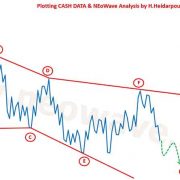
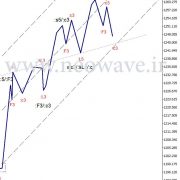

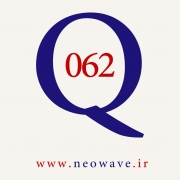

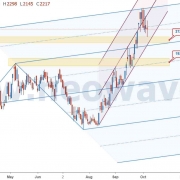
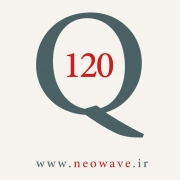
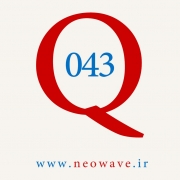


دیدگاه خود را ثبت کنید
تمایل دارید در گفتگوها شرکت کنید؟در گفتگو ها شرکت کنید.